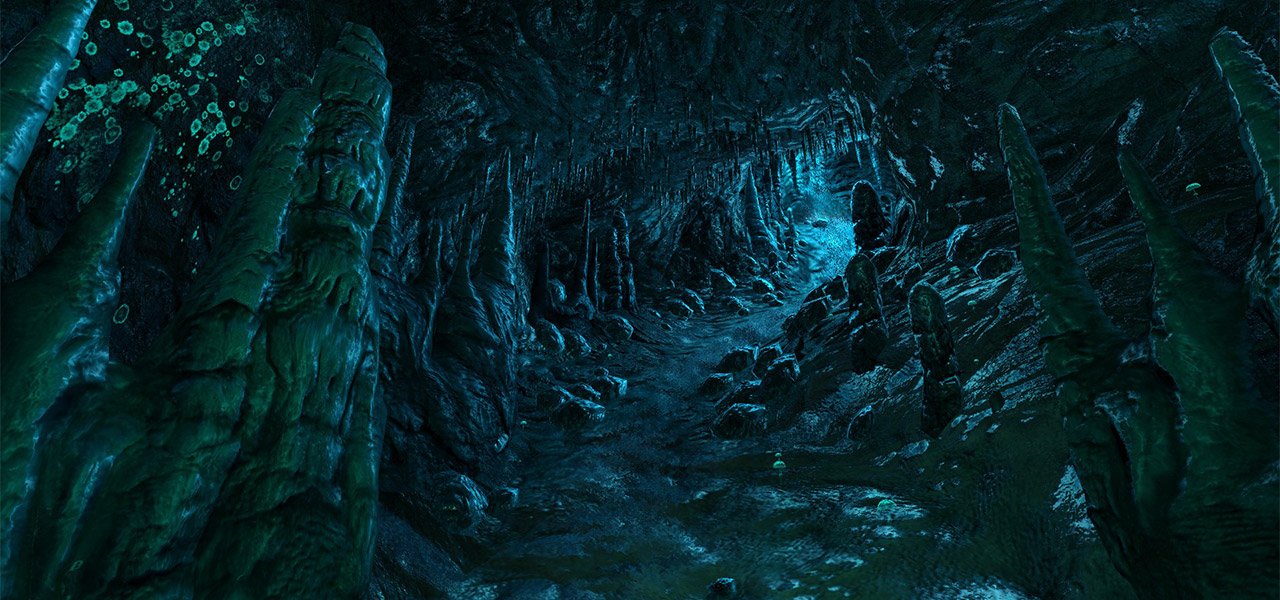

The thing is though Dear Esther is sold as a game on a platform that deals exclusively in games. Judging Dear Esther as a game then would seem unfair as it’s more akin to a strange kind of performance art than anything else. Indeed nearly all traditional elements that we’ve come to expect from a game have been stripped away from Dear Esther, even further than that of any of the playable movies that have been released to date. Reading other people’s experiences had me questioning whether it was fair to judge Dear Esther based on its merits as a game. Instead I was just catapulted back a couple minutes which just extended the painful time I had to spend with Dear Esther. It got so boring that at a certain point, where a giant hole in the ground is presented to you, I threw my character in there in the hopes something interesting would happen.

There’s really nothing interesting about the experience at all as the jumbled story (done deliberately, apparently) slow pace and so-so visuals do nothing to inspire enjoyment on any sort of level. Even then though after seeing the same pattern repeated over and over again they don’t really even serve that purpose, instead just blending into the background as noise.Īll of this then combines into an experience that is, for what its worth, completely and utterly boring. Indeed without them you’d spend long sections looking at nothing but varying shades of brown, green and grey. Sure they tie into the story somewhat but there’s no rhyme or reason to them, they are just there to break the game up visually. What’s worse is that if you do play Dear Esther as a game by say trying to decipher the all the clues that are seemingly littered around the place you’re in fact just wasting your time. When there’s nothing else to do but walk and hope that the narrator starts talking again this gets quite laborious to the point where I just stopped trying. This wouldn’t be so bad but the achingly slow pace at which the main character walks means that what looks like a short trip can take you several minutes to accomplish. However doing that is not an exact science either as there are many sections that look like they’re inviting you to come down there for another piece of dialogue when in fact there’s nothing there at all. There’s no sprint button so you’re stuck walking at the exact same speed every time and the only real secret to the game play is to try and find all the places that you can walk to as the majority of them will trigger another dialogue section. All you do is walk around, look at things and have the narrator read passages to you. Now this is where I’d usually start talking about the game play, but there’s really nothing more to say about it. It’s not exactly terrible though as there’s really not that much you can do with a long deserted island to make it visually interesting so overall the graphics are passable but nothing really spectacular. Whilst there are some scenes that are quite beautifully created the rest of the game is ridden with over-specularity that makes the objects appear fake. Graphically Dear Esther isn’t that impressive, mostly due to its source engine roots. There are no puzzles to solve, no enemies to defeat, you must simply keep progressing forward as the narrator reads and you explore the island.

There’s really no driving goal, the narrator doesn’t prompt you to move anywhere, but there’s enough clues to show that you’re pointing in the right direction. As you move through the world a narrator reads sections of dialog describing one of 3 separate story lines. The game made waves as it recouped its cost in no less than 5 hours after going on sale and with the usual friend recommendation I thought it would be worth a shot.ĭear Esther drops you on an unnamed island, put in charge of an unnamed person. Dear Esther is another one of these such games, being re-released as a stand alone game after it enjoyed some mild success back as a source engine mod.
#DEAR ESTHER METACRITIC MOVIE#
Most gamers called titles like these playable movies or cinematic gaming (although the later is now more often used for big budget titles that have a movie feel about them) in order to set them apart from their more traditional gaming ancestors. Games like Heavy Rain eschew normal game mechanics in favour of only minimal interactivity, instead focusing very heavily on the story. Recent years have seen the lines of what defines a game blurred significantly.


 0 kommentar(er)
0 kommentar(er)
